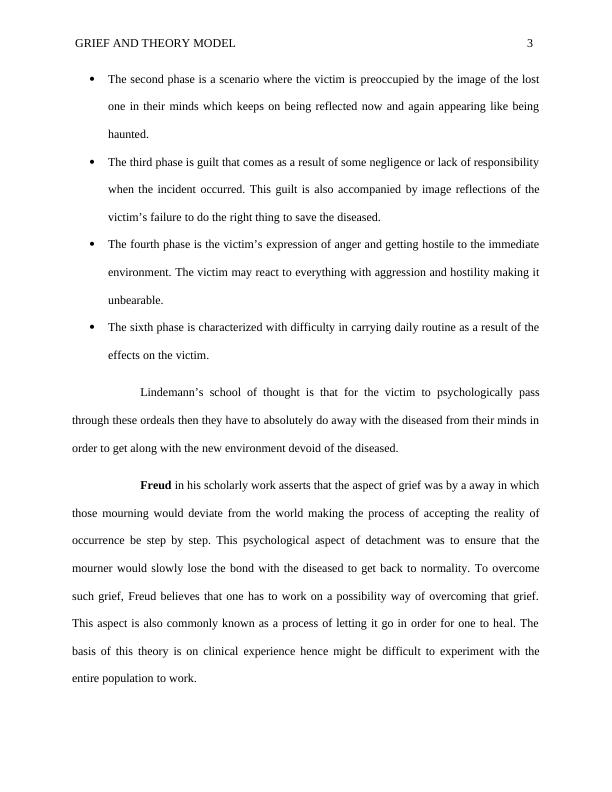Grief and Loss Theories Models and Scenario Application
Analyzing traditional models and theories of grief in the field of Bereavement Care.
12 Pages2937 Words47 Views
Added on 2022-07-29
Grief and Loss Theories Models and Scenario Application
Analyzing traditional models and theories of grief in the field of Bereavement Care.
Added on 2022-07-29
ShareRelated Documents
End of preview
Want to access all the pages? Upload your documents or become a member.
Support and Resilience in Dealing with Loss and Grief: A Case Study of Oluwalemi
|10
|3814
|367
Grief Theories: Understanding the Different Approaches to Coping with Loss
|5
|1027
|489
(PDF) Narrative and Solution-Focused Therapies
|12
|3863
|244
The Traditional Models of Grief Assignment
|11
|4242
|183
Loss of Spouse: Coping with Grief and Finding Support
|12
|3278
|500
Grief and Loss Theory in Social Work Practice : Case Study
|12
|2629
|279




